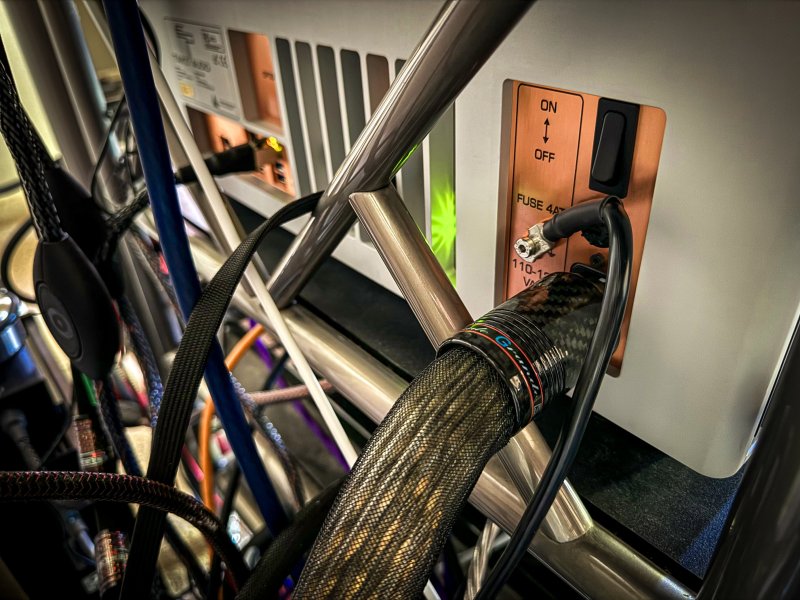The real issue here is how we as listeners discern changes or improvements. That is to say we hear them. You may want to measure them or read about them in a book, but audiophiles 'listen'. I would expect you can easily here the difference between an am radio and any decent system. Well, the same goes for many discerning quality digital form basic digital. We can hear it. The addition of a quality ethernet cable in the digital chain, especially just in front of your server, is easily heard by many. If you can not hear this we understand. Good for you and your budget. Be happy. But you do not seem happy. Is it because you can not hear what others can?This seems like a real reach here based on how Ethernet works. It's not like your DAC is decoding your audio at the exact time it's transmitted across the Ethernet cable.
This is why "special" Ethernet cables are snake oil. The media player componentry will cache/buffer the file locally. In reality the song has probably buffered within a second or less, not "live streaming" across the cable.
Classic audiophile marketing huh? I believe there are always some bad eggs, but this is such a stretch it is sad. Classic marketing is designed to make people aware of something they might appreciate and want to buy. You of course have choice as to how you spend your money. Some really do appreciate the best and are even willing to take small chances to get there.'This is classic audiophile marketing, just like Aurenders "double isolated LAN" port. It's such a joke, regardless of the quality and design of the amp/server design.
As the old saying goes, "a fool and his money are easily parted".
Is it he fool who is happy with the better system or the fool who just talks about how it is not possible?











